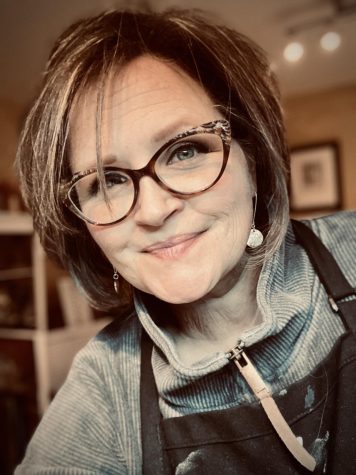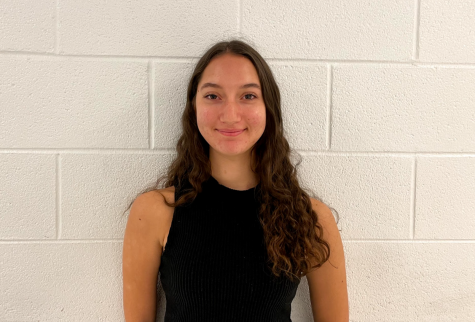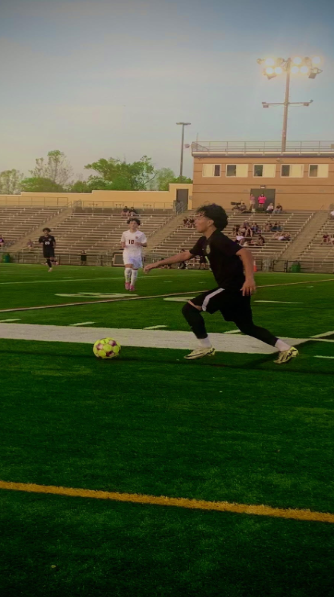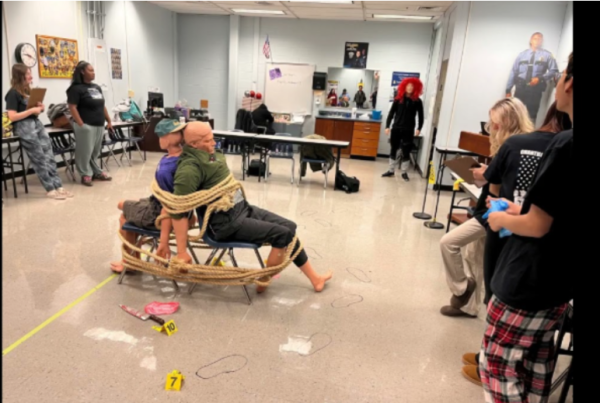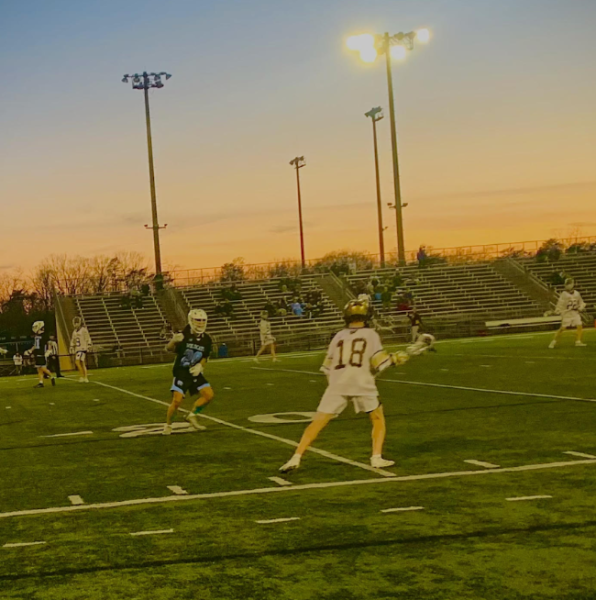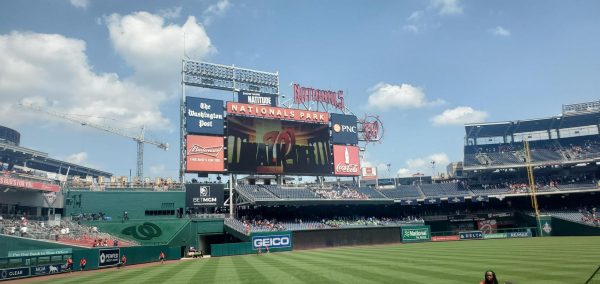UNEQUAL GENDER REPRESENTATION IN OUR SCHOOLS
Photo courtesy of “Female Scientist” by Marco Hazard, Creative Commons
“Of the students who chose to self -report their gender identity in 2019, males only made up 23% of the 65,000 AP Studio Art portfolios submitted to the College Board” reported theartofeducation.edu.
Though this reported data is from three years ago, the gender gap in high school courses continues to be seen, especially in certain courses such as higher level art and STEM classes here at Westfield High School.
As a female student at Westfield, walking into a classroom and being either the only girl or one of a few girls amongst a room full of male students, can be rather daunting. Feeling like there is little to no one that you can immediately connect with in one of your classes through the basis of gender creates a feeling of aloneness. It can also be disappointing knowing that there is little equality of gender representation in some class rooms, stemming from a variety of factors.
One of the classes offered here at Westfield that experiences this gender gap is AP Studio Art taught by Elaine Florimonte. Though the inequality of gender representation has improved in years past, there is still a very heavy female population in comparison to male students.
The AP Studio Art class was reported by Florimonte to have a total of sixteen students in one chapter with only three of them being male. This gender gap has caused her to feel less of a connection to some activities at Westfield because of lack of gender representation in her class.
Florimonte stated, “My friends ask me what’s going on with the football team and I don’t have much to say because I don’t have that connection through my students… they are going mainly to electives like weightlifting and other sport related classes.”
The assessment that more male students gravitate towards classes and electives like weightlifting is correct. Historically, art has been seen as a more feminine class and weightlifting as more masculine, which is part of a larger generational assumption that has a large part in shaping the gender gap that we see in our classes.
This way of thought, however, seems to be shifting, with more people seeing art as a way of expression for all gender groups rather than a feminine pastime.
Florimonte says, “I think that students are more comfortable sharing that part of who they are as our community becomes more aware and accepting of the nuances of gender. All people are born creative beings who paint and sing as their first attempt at communication. My door is wide open for all of them to continue!”
STEM courses at Westfield also experience a gender divide, but some are more shocking to common belief. AP Environmental Science, for example, assumed by many students to have a larger male student population, actually has more females which has also been a trend in the past.
Deborah LeGros, AP Environmental Science and Geosystems teacher, reflected, “Most of my APES classes have been female-dominated, since the beginning…girls seem to be more motivated to stretch themselves a bit.”
Opposite of AP Studio Art, upper level STEP courses have historically been seen as more male dominated, but as STEM fields have expanded, the female student population has grown.
In fact, “Women earned 53% of STEM college degrees in 2018,” states Pew Research Center.
As our society continues to grow, adopting a more progressive philosophy of gender and education, the gender divide continues to close, providing for more equal representation in classrooms and more diverse opportunities for students of all genders.
